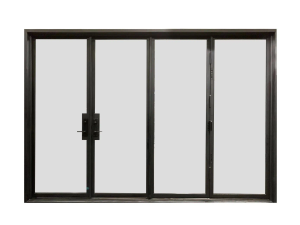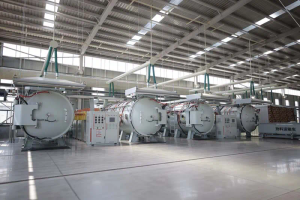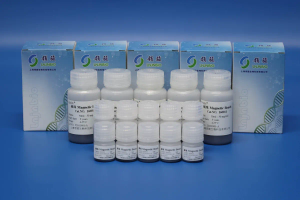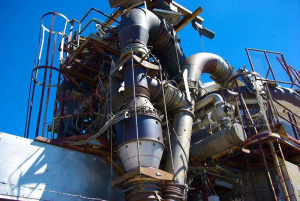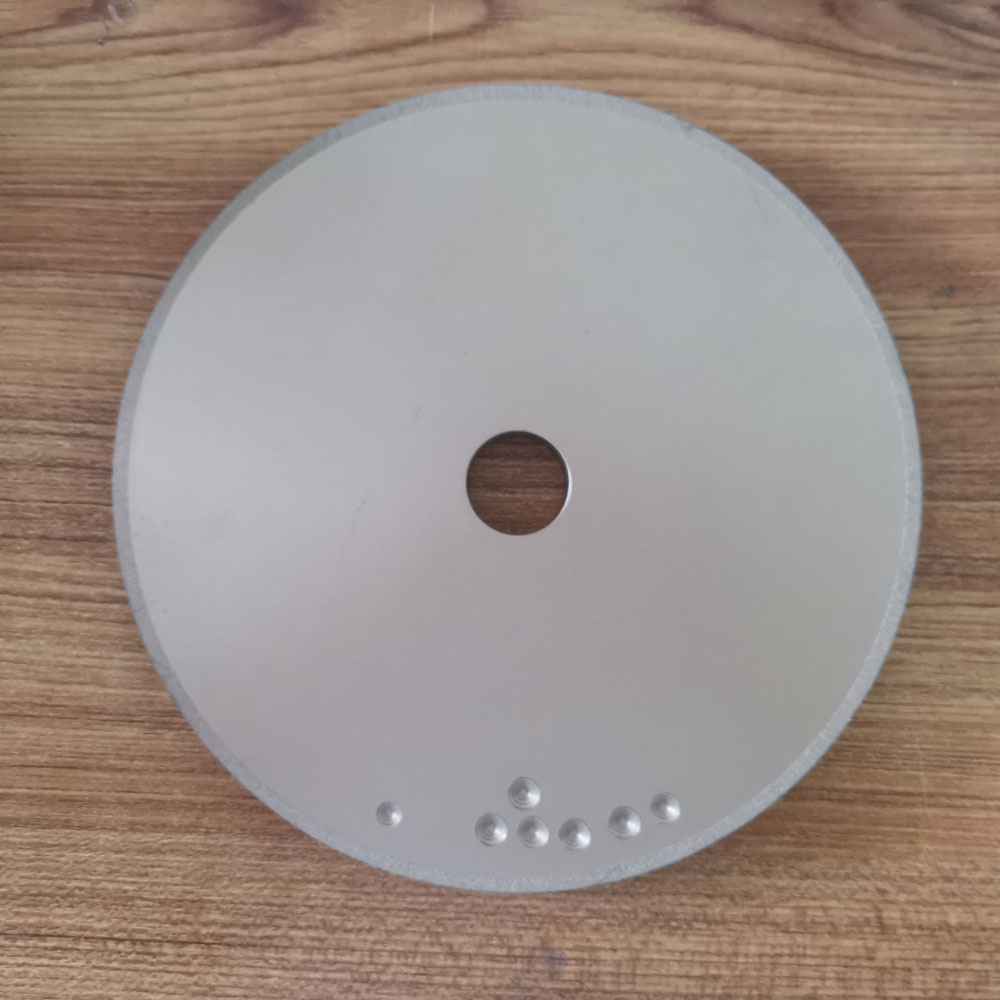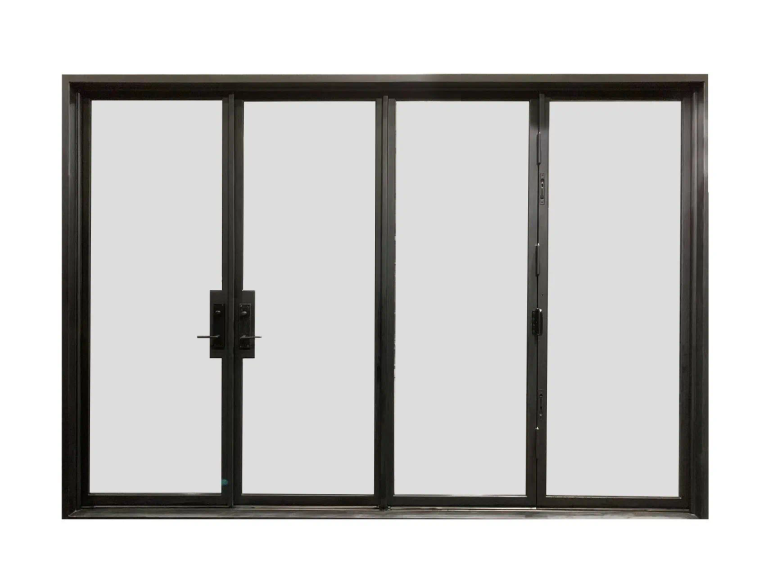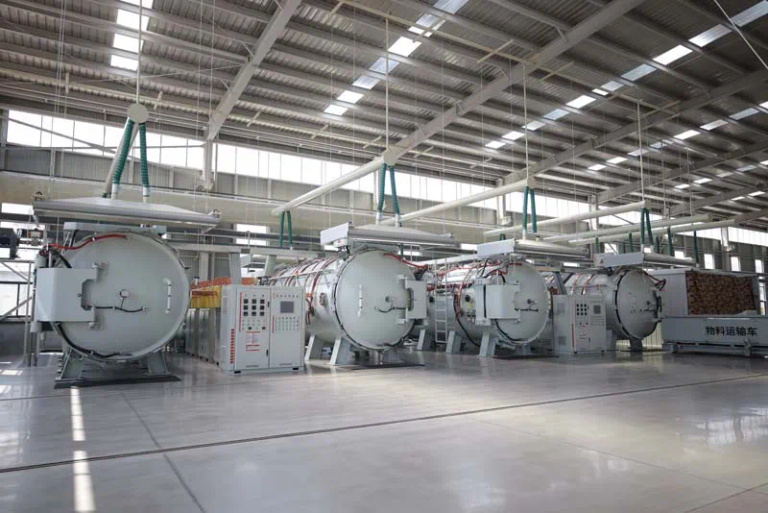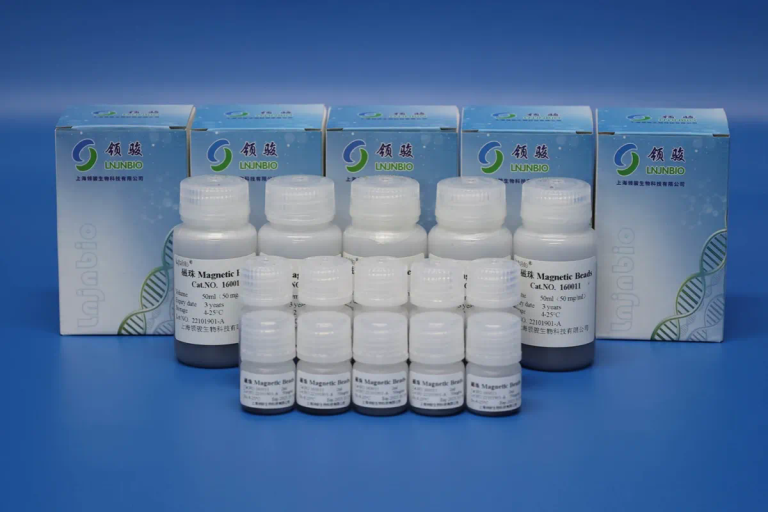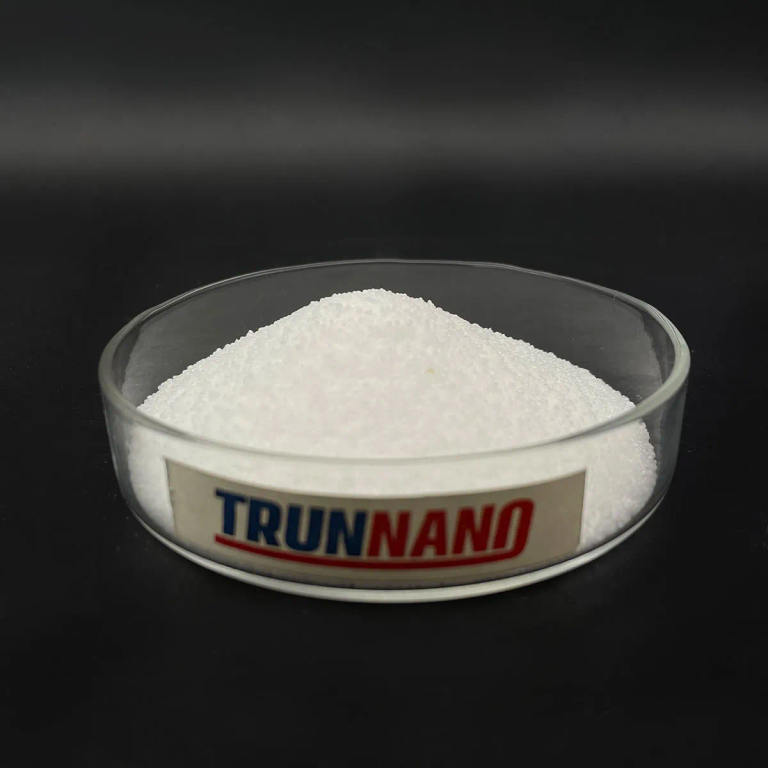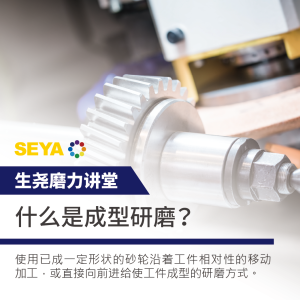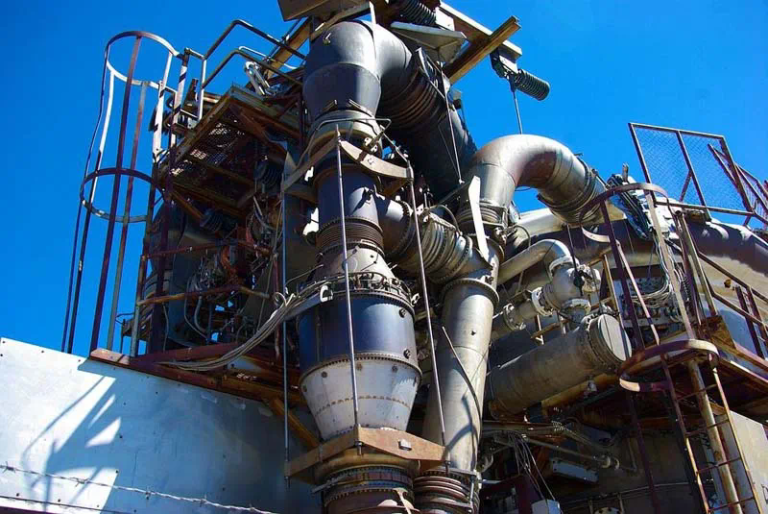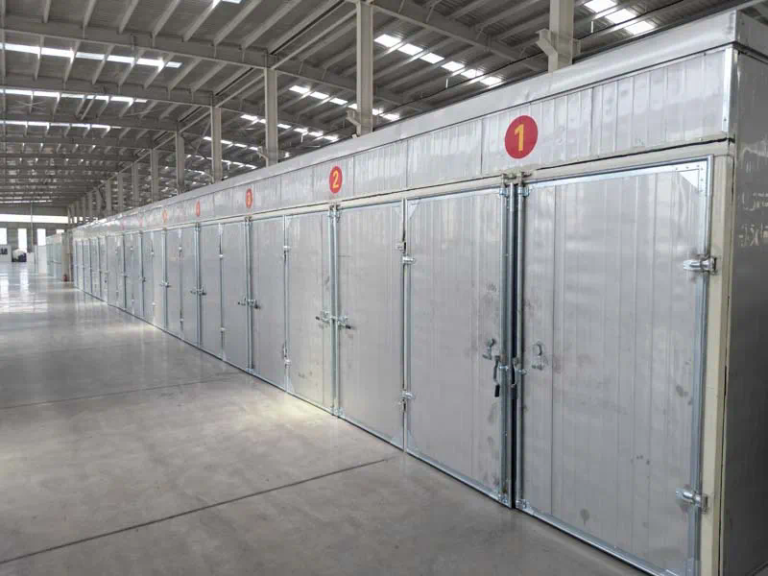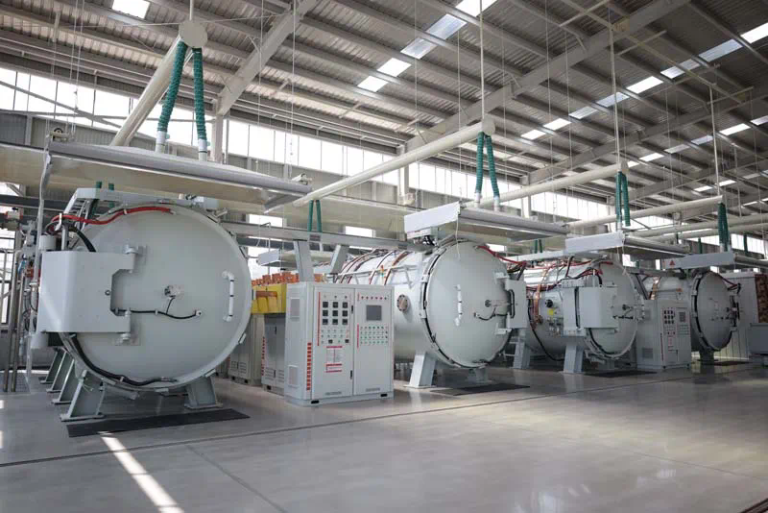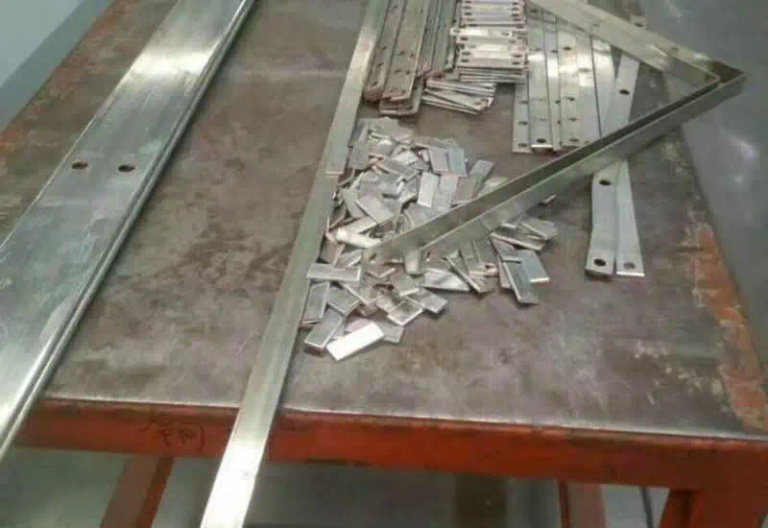The quality of the mold often directly affects the quality and production efficiency of the product workpiece. In the process of mold processing, the shape processing step is followed by smooth processing and mirror surface processing. These two processes are collectively referred to as part surface grinding and polishing. The quality of polishing is related to the quality and life of the mold, and also determines the quality of the product.
Only by mastering the working principle and process of polishing, and choosing a reasonable polishing method and product, can the quality and life of the mold be improved, thereby improving product quality and processing efficiency.
Common methods of polishing
mechanical polishing
Mechanical polishing is a polishing method that relies on cutting or plastically deforming the surface of the material. Generally, oil stone strips, wool wheels, sandpaper, etc. are used. It is mainly operated by hand. If the surface quality is high, the method of ultra-fine polishing can be used. Ultra-fine polishing uses special abrasives, and the surface roughness can reach Ra0.008μm through high-speed rotation. It is the best surface roughness among various polishing methods, and it is also a common method for optical lens mold polishing.
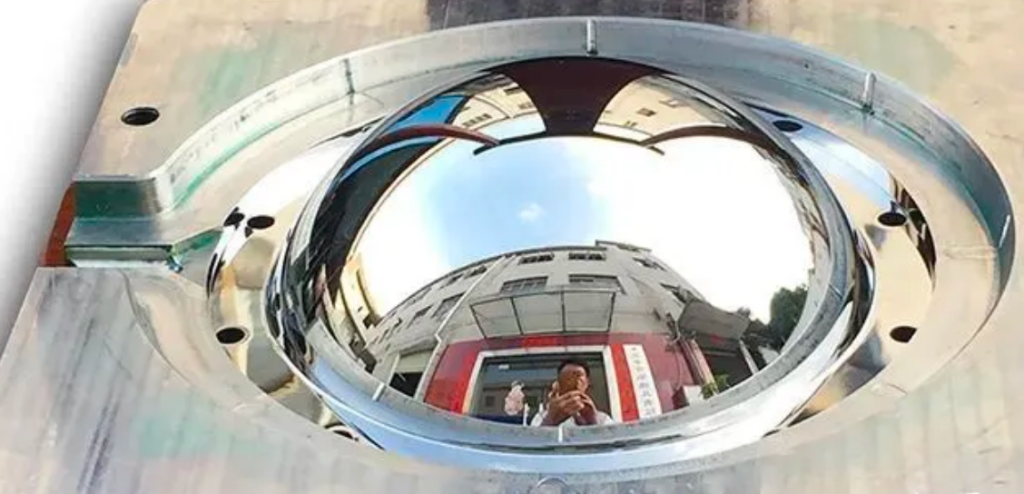
chemical polishing
The principle of chemical polishing is that the microscopic convex part of the surface of the material is preferentially dissolved compared with the concave part in the chemical medium, so as to obtain a smooth surface. The method can polish workpieces with complicated shapes, and polish many workpieces at the same time, with high efficiency. The surface roughness obtained by chemical polishing is generally Ra10μm.
Electrolytic polishing
The basic principle of electrolytic polishing is the same as that of chemical polishing, that is, to make the surface smooth by selectively dissolving the tiny protrusions on the surface of the material. Compared with chemical polishing, it can eliminate the influence of cathodic reaction, and the effect is better.

ultrasonic polishing
The principle of ultrasonic polishing is a processing method that relies on the oscillation of ultrasonic waves to polish brittle and hard materials through abrasive suspensions. The workpiece is soaked in the abrasive suspension and placed in the ultrasonic field together, relying on the oscillation of the ultrasonic wave, the abrasive is used to grind and polish the surface of the workpiece. Ultrasonic machining has a small macroscopic force and will not cause deformation of the workpiece, but it is difficult to manufacture and install tooling.
EDM Ultrasonic Composite Polishing
This method uses ultrasonic waves and a special high-frequency narrow-pulse high-peak current pulse power supply for composite polishing. Ultrasonic vibration and electric pulse corrosion act on the surface of the workpiece at the same time to rapidly reduce its surface roughness. The rough surface of the mold after processing such as wire cutting and wire cutting has obvious polishing effect and is very effective.
Polishing process
rough throw
The surface after fine milling, EDM, grinding and other processes can be polished by a rotary surface polishing machine with a rotating speed of 35000~40000 r/min. Then manual whetstone grinding, bar whetstone plus polishing fluid as lubricant or coolant.
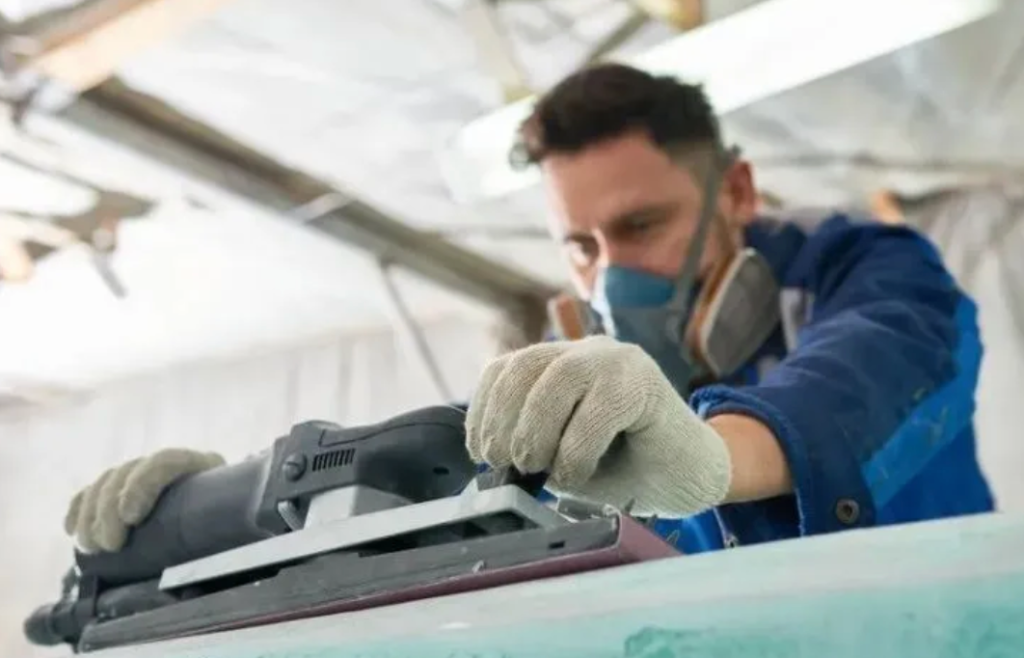
Semi-fine polishing
Semi-fine polishing mainly uses sandpaper and polishing fluid. 1500# sandpaper is suitable for hardened mold steel (above 52HRC), but not for pre-hardened steel. It may cause surface damage of pre-hardened steel parts and fail to achieve the desired polishing effect.
Fine polishing
Fine polishing mainly uses diamond abrasive paste. If the polishing cloth wheel is mixed with diamond grinding powder or grinding paste for grinding, the usual grinding sequence is 9μm (1800#) → 6μm (3000#) → 3μm (8000#).

Polished work environment
The polishing process should be completed in two separate work locations, that is, the rough grinding processing location and the fine polishing processing location are separated, and attention should be paid to cleaning the sand remaining on the surface of the workpiece from the previous process. The more precise the polishing process, the higher the cleanliness requirements of the working space, because dust, smoke, dandruff and saliva may scrap the high-precision polished surface.
After the polishing process is completed, the surface of the workpiece should be protected against dust. When the polishing process stops, all abrasives and lubricants should be carefully removed to ensure that the surface of the workpiece is clean, and then a layer of mold anti-rust coating should be sprayed on the surface of the workpiece.
Polishing factors
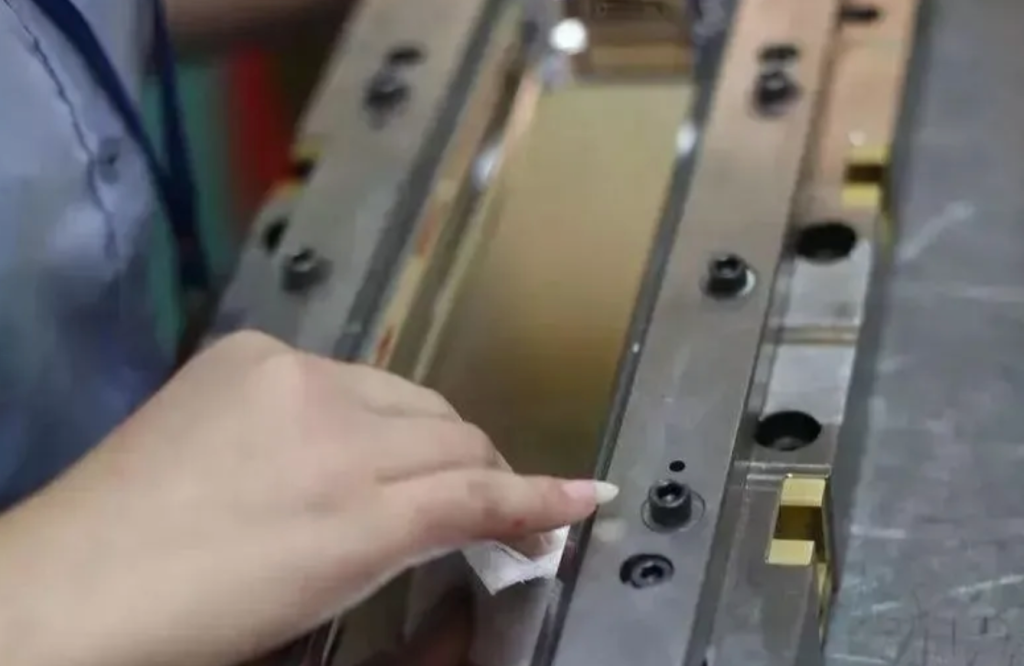
Workpiece Surface Condition
During the machining process of materials, the surface layer will be damaged due to heat, internal stress or other factors, and improper cutting parameters will also affect the polishing effect.
Steel quality
High-quality steel is a prerequisite for good polishing quality, and various inclusions and pores in steel will affect the polishing effect. It is necessary to choose steel with good polishing performance and heat treatment to achieve the desired effect.
Polishing technique
Since polishing is mainly done manually, the skills of workers are the main reason affecting the quality of polishing. If the polishing technology is not good, even if the steel and abrasives are good, the mirror effect cannot be achieved.
Polishing Precautions
1. When the new mold cavity starts to be processed, the surface of the workpiece should be checked first, and the surface should be cleaned with a cleaning agent so that the oilstone surface will not stick to dirt and cause the cutting function to be lost.
2 Coarse lines should be done in the order of difficulty first and then easy, especially for some dead corners that are difficult to grind, the deeper bottom should be grinded first, and the sides and large planes should be grinded last.
3 Part of the workpiece may have multiple pieces assembled together for polishing. Firstly, the rough grain or fire pattern of a single workpiece should be grinded separately, and then all the workpieces should be grinded together until smooth.
4. For workpieces with large flat or side planes, use oilstone to grind away the coarse grains and then use a straight steel sheet for light transmission inspection to check whether there are any unevenness or undercuts. If there are undercuts, the workpiece will come off The mold is difficult or the parts are strained.
5 In order to prevent the mold workpiece from being buckled or some bonding surfaces need to be protected, it can be pasted with a saw blade or pasted on the edge with sandpaper, so that an ideal protection effect can be obtained.
6 Try not to use a grinder to repair the parting surface, because the parting surface trimmed by the grinding wheel head is rough and has uneven waves.
7 The shape of the grinding tool should be close to the surface shape of the mold, so as to ensure that the workpiece will not be ground and deformed.
Matters needing attention in diamond grinding and polishing
Diamond grinding wheel and polishing must be carried out under light pressure as much as possible, especially for polishing pre-hardened steel parts and polishing with fine abrasive paste. When using diamond grinding and polishing, not only the working surface is required to be clean, but also the workers’ hands must be very clean.
Matters needing attention in plastic mold polishing
The polishing of plastic molds is also called mirror processing, which is very different from the surface polishing required in other industries. It not only has high requirements on the polishing itself, but also has great impact on the flatness, smoothness and geometric accuracy of the mold surface. Very high standard. The standard of mirror polishing is divided into 4 grades:
A0=Ra0.008μm
A1=Ra0.016μm
A3=Ra0.032μm
A4=Ra0.063μm
The biggest problem encountered in the daily polishing process is “over-polishing”, that is, the longer the polishing time, the worse the quality of the mold surface. Excessive polishing will cause two phenomena: “orange peel” and “pitting corrosion”, which mostly occur in mechanical polishing.
Causes and solutions of “orange peel and pitting”
(1) The rough and irregular surface is called “orange peel”. There are many reasons for “orange peel”. Is the main cause of “orange peel”.
(2) Due to some non-metallic impurities in the steel, usually hard and brittle oxides, they are pulled out from the steel surface during the polishing process, forming micro pits or pitting corrosion, which is “pitting corrosion”. Excessive polishing pressure, long polishing time, insufficient purity of steel, high content of hard impurities, rust on the surface of the mold, and unremoved black leather may cause “pitting corrosion”.
The solution is as follows: (1) Re-grind the surface, the grain size of the sand is slightly coarser than that used before, and use a soft and sharpened whetstone for the final grinding step before proceeding to the polishing process. (2) Stress relief is carried out at a temperature lower than the tempering temperature of 25°C. Before polishing, use the finest sand number for grinding until a satisfactory effect is achieved, and finally polish with a lighter force.
(3) Use the shortest polishing time and the smallest polishing force as possible.
Common Polishing Products
The commonly used tools for mold polishing are: sandpaper, oil stone, felt wheel, abrasive paste, alloy file, diamond grinding wheel needle, bamboo chip, fiber oil stone, and circular rotary grinder.
